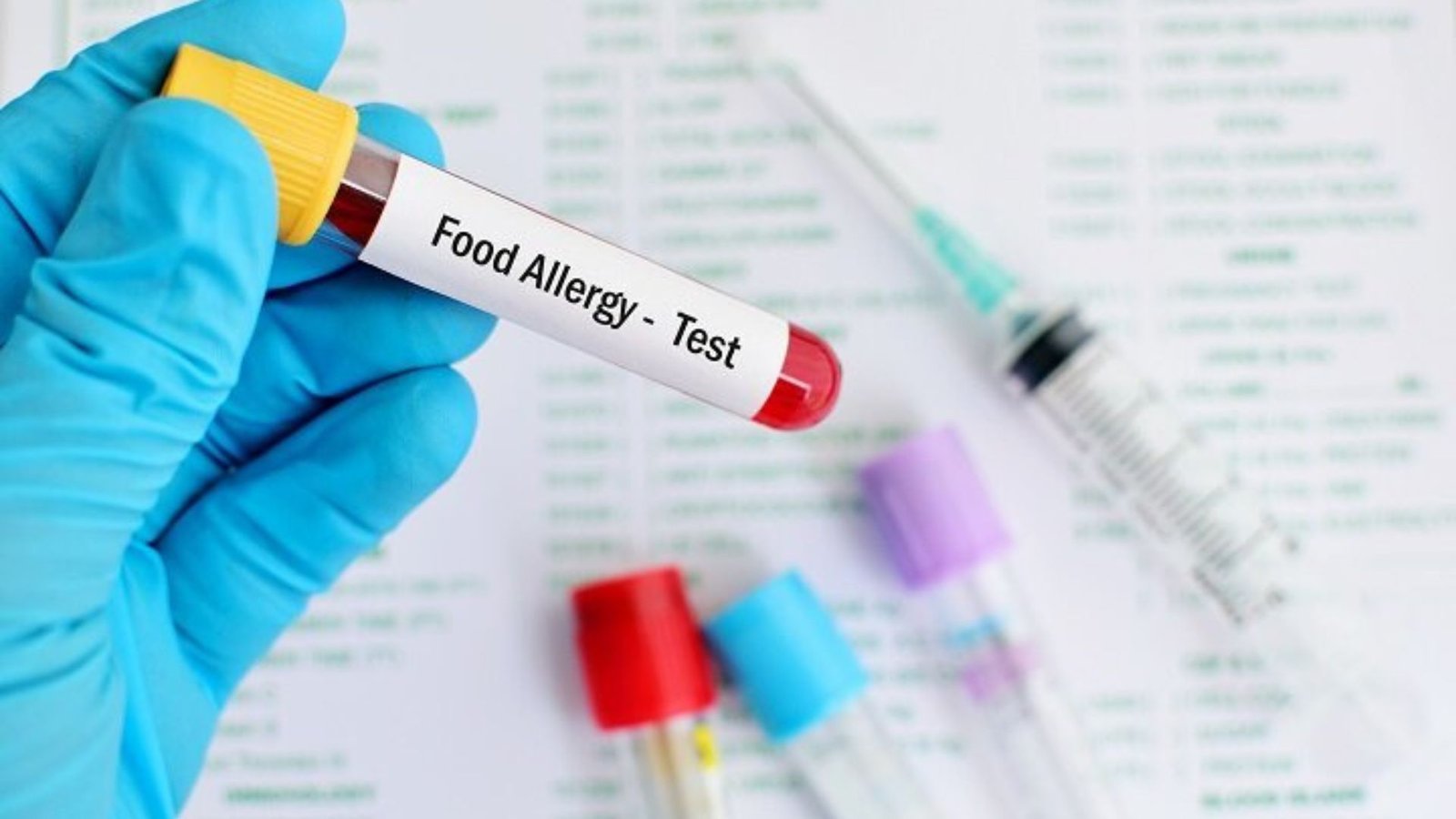Dining out at a restaurant can be a challenge for individuals with food allergies, but with careful planning, communication, and awareness, it’s entirely possible to enjoy a safe and delicious meal. Whether you’re allergic to nuts, dairy, gluten, or any other common allergens, following a few simple guidelines can help prevent allergic reactions and ensure a more enjoyable dining experience.
Here’s a step-by-step guide to dining out safely when you have food allergies.
1. Do Your Research Before You Go
One of the best ways to ensure a safe dining experience is to research the restaurant before you arrive. Many restaurants now offer allergen information on their websites or menus, so you can check ahead of time to see if they accommodate food allergies. Look for these key details:
- Allergy-friendly menus: Some restaurants offer special allergen-free or allergy-friendly menus, which can make your dining decision easier.
- Ingredients and preparation methods: Make sure you understand how the food is prepared and whether cross-contamination is a risk. If the restaurant doesn’t provide this information online, don’t hesitate to call ahead.
- Restaurant reviews: Look for reviews from other individuals with food allergies. Their experiences can help you choose a restaurant that takes food allergies seriously.
Tip: If you’re unsure about a restaurant’s allergen policies, consider calling ahead to confirm their ability to accommodate your dietary needs.
2. Communicate Clearly with the Staff
Once you arrive at the restaurant, it’s essential to communicate your food allergies clearly to the staff. Here’s how you can do so effectively:
- Inform your server right away: When seated, notify your server about your food allergies and explain the severity of your reactions. It’s crucial they understand the importance of avoiding cross-contact with allergens.
- Be specific: If you have multiple allergies, be clear about each one. For example, if you’re allergic to both peanuts and dairy, make sure to specify these allergens separately to avoid any confusion.
- Ask about cross-contamination: Inquire whether the restaurant takes steps to prevent cross-contact between allergens. For example, ask if they use separate utensils, cooking surfaces, or oils when preparing allergy-friendly meals.
Tip: Don’t be afraid to ask the server questions about how the food is prepared. A responsible restaurant will appreciate your vigilance.
3. Choose the Right Restaurant
Some restaurants are more allergy-conscious than others, making them a safer choice for individuals with food allergies. Consider the following types of restaurants when dining out:
- Allergy-friendly restaurants: Some restaurants specialize in allergy-free cooking and are experienced in handling various dietary restrictions. These establishments may even offer allergen-free versions of popular dishes.
- Farm-to-table or health-conscious restaurants: These types of restaurants often use fresh, unprocessed ingredients and may be more likely to accommodate specific dietary needs.
- Ethnic restaurants with customizable menus: Many ethnic cuisines, like Thai, Indian, and Mediterranean, offer a wide range of options, and some dishes can be modified to accommodate food allergies.
Tip: Be cautious of all-you-can-eat or buffet-style restaurants, where cross-contamination risks are higher, especially with shared serving utensils and cooking stations.

4. Double-Check the Ingredients
When ordering food, always ask the server to double-check the ingredients. Even if you’ve already communicated your allergies, it’s worth confirming that no hidden allergens are included in your meal. This is especially important for:
- Sauces and dressings: Many sauces and dressings contain hidden allergens like soy, dairy, or nuts. Always ask about the ingredients and request your dish to be served without them if necessary.
- Processed or packaged ingredients: Some pre-packaged ingredients may contain allergens, so ask about the source of ingredients, especially in prepared meals.
Tip: If you’re unsure whether a dish is safe, request that the chef prepare something custom or suggest a safe alternative.
5. Be Prepared to Make Modifications
When dining out, don’t hesitate to ask for modifications to your meal to avoid allergens. Restaurants are usually willing to make adjustments, such as:
- Substituting ingredients: You can ask for substitutions to avoid certain ingredients. For example, request dairy-free cheese or gluten-free bread.
- Preparing food separately: Ask if the kitchen can prepare your meal using separate cooking equipment to avoid cross-contamination.
- Omitting certain ingredients: If the dish comes with an allergen, ask to have it left off.
Tip: While some modifications are simple, others might require more time or effort. Be patient and understanding with the staff, and always thank them for accommodating your needs.
6. Carry Emergency Medication with You
Even with the best precautions, allergic reactions can still happen. It’s crucial to always carry emergency medication, such as an epinephrine auto-injector (EpiPen), and make sure it’s easily accessible. Here’s what you should do:
- Bring your EpiPen: Always have your epinephrine auto-injector with you when dining out, even if you’re dining at a restaurant you’re familiar with.
- Let the staff know: Make sure the staff is aware of your allergy and how to use your epinephrine auto-injector in case of an emergency. It’s also helpful to have a clear action plan in place.
- Know your allergic reaction symptoms: Understand what symptoms to look for in case of an allergic reaction. If you experience any symptoms such as swelling, difficulty breathing, or hives, use your EpiPen immediately and seek medical help.
Tip: It’s a good idea to carry extra medication in case you lose or forget one of your devices.
7. Handle Cross-Contamination Risks Carefully
Cross-contamination is one of the most common risks when dining out, especially for individuals with severe food allergies. To prevent it:
- Ask about preparation processes: If you’re concerned about cross-contamination, ask how the kitchen handles food preparation. Do they use dedicated utensils and cooking surfaces for allergen-free meals?
- Request a fresh batch: If you’re worried about cross-contact, ask if your dish can be prepared from scratch rather than using pre-prepared ingredients.
- Look for allergen-safe spaces: Some restaurants have allergen-free zones or dedicated allergen-free cooking areas to minimize cross-contamination risks.
Tip: Cross-contact can happen even with a seemingly safe meal, so always err on the side of caution and ask as many questions as you need.
8. Stay Calm and Advocate for Yourself
It’s essential to stay calm and confident when dining out with food allergies. While it can be stressful, clear communication is the key to a safe dining experience. Don’t be afraid to ask the right questions, advocate for your needs, and make sure the staff understands the seriousness of your allergies.
If you feel uncomfortable with how your allergy needs are being handled, speak up. You have the right to ask for adjustments, request more information, or leave if you feel unsafe.
Tip: Consider carrying a note or card that clearly lists your allergies in case of language barriers or communication difficulties.
Conclusion: Dining Out with Confidence
Dining out with food allergies requires preparation, vigilance, and open communication. By doing your research, being clear about your needs, and preparing for potential emergencies, you can enjoy a safe and satisfying dining experience. With the right approach, you can confidently explore new restaurants while keeping your health and safety top of mind.











